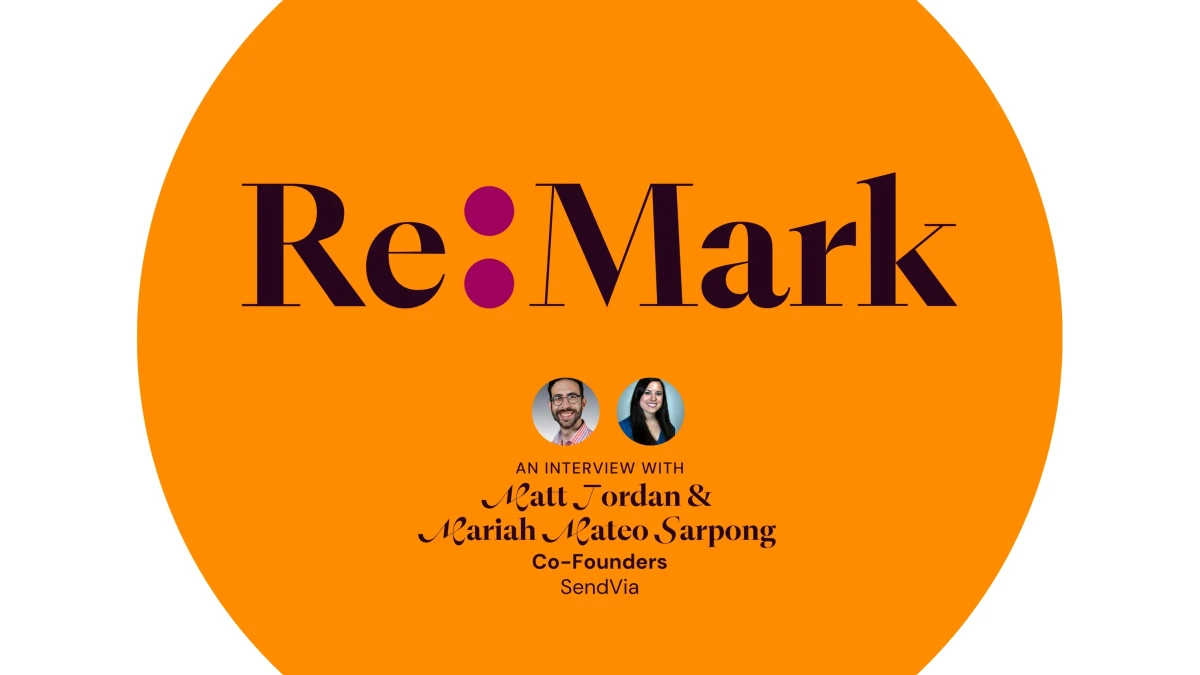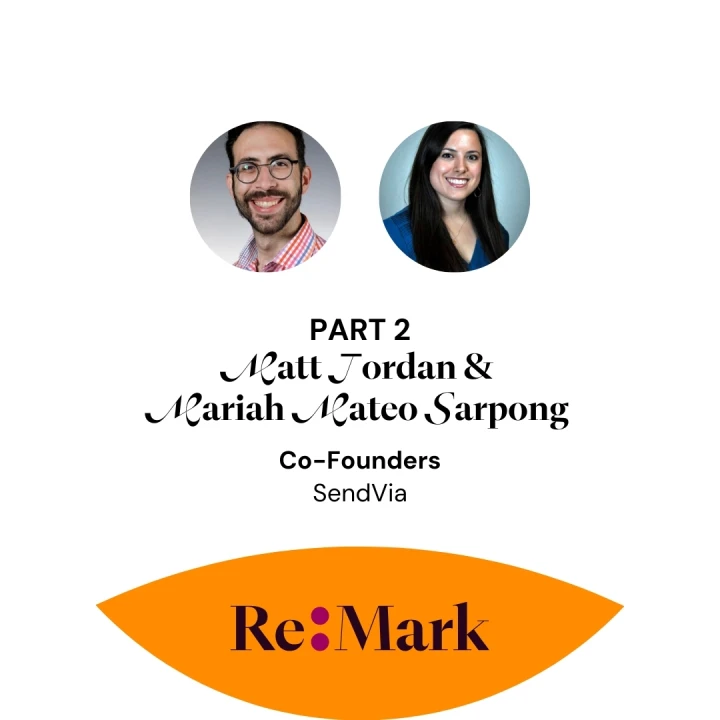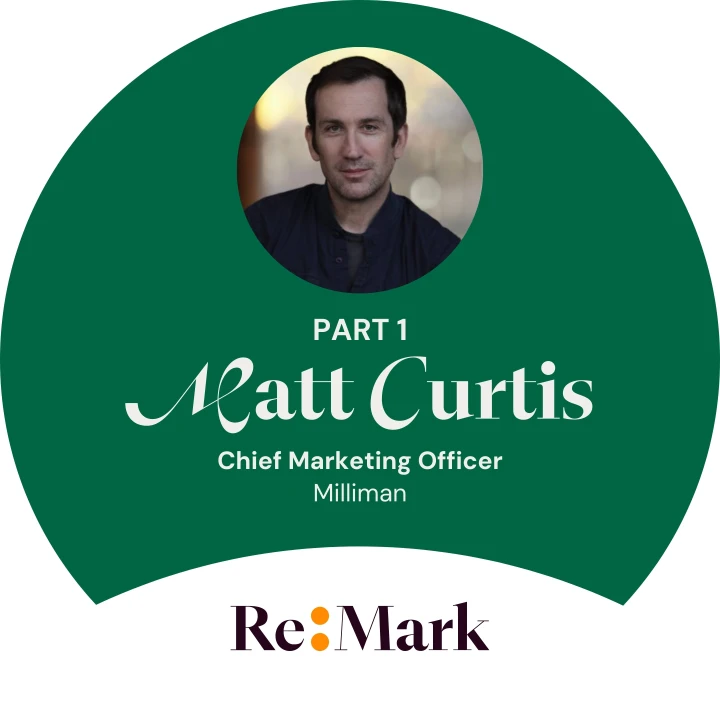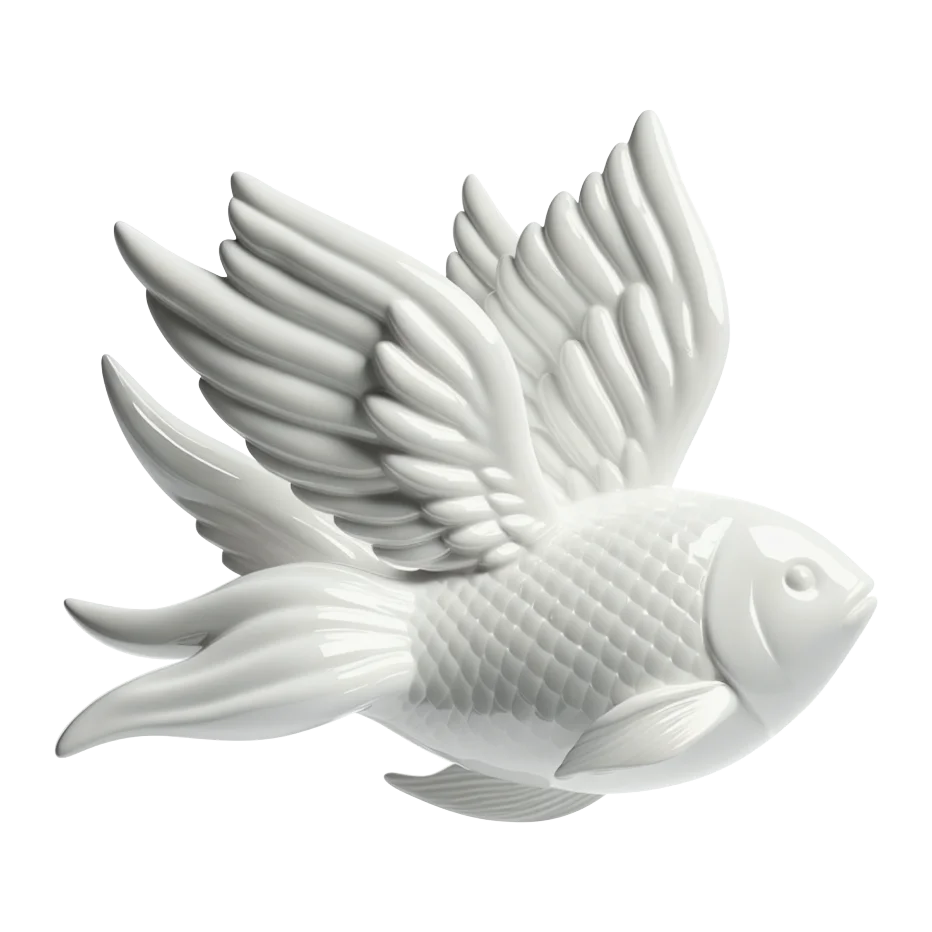SendVia was born from a hackathon at Milliman (the global leader in actuarial consulting), with a bold vision to empower diaspora communities. But they faced a challenge familiar to many early-stage startups: how do you inspire trust in an unproven idea?
They aimed to help members of the Filipino diaspora in the U.S. support their family’s healthcare back home, venturing into sensitive territory—financial services, cross-border healthcare and families separated by thousands of miles. Without a brand that looked legitimate, felt human and told their story clearly, they risked losing customers before the conversation even started.
So, they invested in brand early and it paid off—but not without some surprises along the way. In this two-part series, we explore how co-founders Matt Jordan and Mariah Mateo Sarpong built the SendVia brand, and the lessons they learned that other founders can take with them.
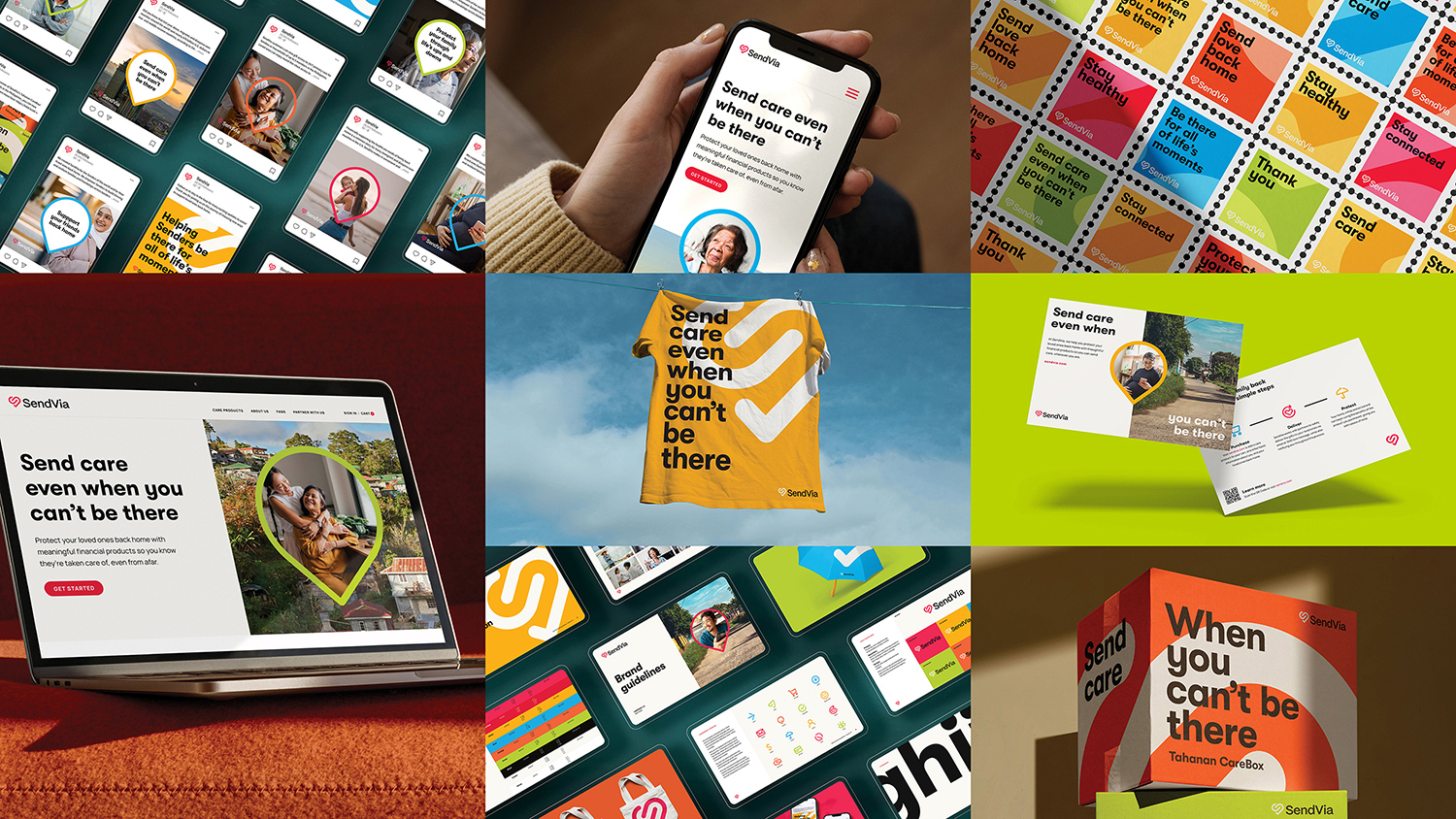
Ground your brand, flex your business
In the months after SendVia launched their brand, they realized their core offering needed to change.
“As with any startup, we pivot, we learn from our customers, we figure out what they want. More recently, we've focused on health because it’s a big reason for sending money back home. We have worked with healthcare providers in the Philippines to develop a cross-border solution,” said Matt.
But even as the product changed, the brand held up. “Throughout all the changes and testing we’ve done, the brand has been consistent and there to support us,” said Mariah. The emotional core of the brand—supporting family across borders—still rang true. And customers continued to connect with it.
A flexible brand isn’t just a nice-to-have for a startup. It’s a necessity. If the ideas at the heart of your brand are strong and human, they can stretch to support new offerings, new markets, even a new business model.

Lean into standing out
Some of SendVia's early design decisions felt bold—maybe even risky. The bright color palette in particular, with its striking pink. “It's a little edgy for some people. We've had to balance where and how much color is used,” said Matt.
But in practice, those choices help SendVia make a strong impression. “At events and conventions, you look across all the different booths and our brand stands out,” he added. The color palette feels fresh and distinct, and the dual-location imagery reinforces their mission of cross-border care.
When you’re building something new, blending in is not a strategy. The boldness that might make you nervous in the design phase might just be the thing that helps people remember you.
Build a brand you can use
For the SendVia team, ease of use was essential. As a small team without a dedicated design department, they needed a brand system they could activate without engaging help.
Templates in Canva made that possible. “We use it all the time,” said Mariah. “We just shift things around. If we need a banner by tomorrow, we can do it.”
That flexibility has helped SendVia stay nimble, build materials quickly and present a cohesive face to customers and investors alike. As Matt put it: “The brand has helped us sell the idea of SendVia to customers, partners and investors. Whether we’re in the board room or in the field, we always create a great first impression because of how polished and on-point the branding is.”
Key takeaway
Agility is key when it comes to branding a startup. Whether it’s flexing your brand to support a shift in your business or embracing what at first makes you uncomfortable, if you know what you stand for and what you’re trying to achieve, you can build a brand that goes the distance.
Read Part 2 as Matt and Mariah reflect on the deeper lessons they’ve learned along the way.

